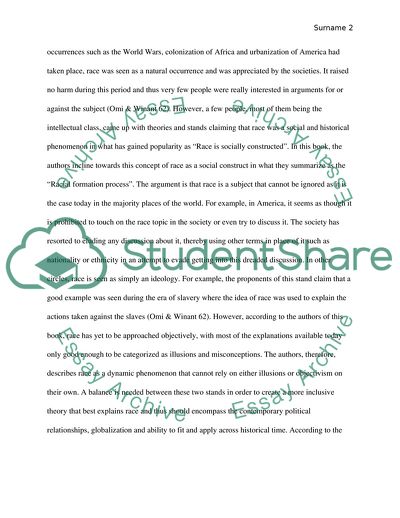Cite this document
(The Possessive Investment in Whiteness vs Race Identity and Representation in Education Literature review Example | Topics and Well Written Essays - 1250 words - 1, n.d.)
The Possessive Investment in Whiteness vs Race Identity and Representation in Education Literature review Example | Topics and Well Written Essays - 1250 words - 1. https://studentshare.org/sociology/1858998-race
The Possessive Investment in Whiteness vs Race Identity and Representation in Education Literature review Example | Topics and Well Written Essays - 1250 words - 1. https://studentshare.org/sociology/1858998-race
(The Possessive Investment in Whiteness Vs Race Identity and Representation in Education Literature Review Example | Topics and Well Written Essays - 1250 Words - 1)
The Possessive Investment in Whiteness Vs Race Identity and Representation in Education Literature Review Example | Topics and Well Written Essays - 1250 Words - 1. https://studentshare.org/sociology/1858998-race.
The Possessive Investment in Whiteness Vs Race Identity and Representation in Education Literature Review Example | Topics and Well Written Essays - 1250 Words - 1. https://studentshare.org/sociology/1858998-race.
“The Possessive Investment in Whiteness Vs Race Identity and Representation in Education Literature Review Example | Topics and Well Written Essays - 1250 Words - 1”. https://studentshare.org/sociology/1858998-race.


